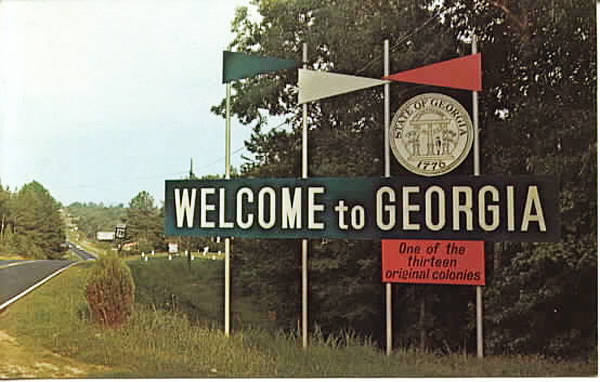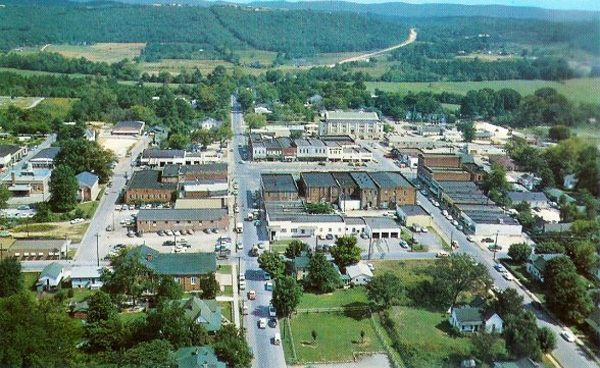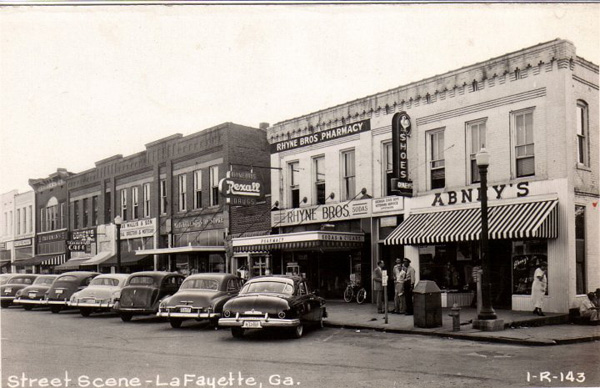10.31

During this year’s Georgia General Assembly session, state legislators passed a little-known bill approving yet another 1% sales tax. The new law, HB 277 – Transportation Investment Act of 2010, divides Georgia into twelve zones (based on existing State Transportation Board districts), which will each have control over their own state-funded road projects. The bill also allows residents of those zones to vote for an additional sales tax, the Special District Transportation Sales and Use Tax – which we’ve dubbed SPIDITSLUT because it’s easier to type and sounds dirty. If approved by voters, SPIDITSLUT would be in place for ten years but only apply to businesses within zones whose voters approve it, with generated revenue going back to road maintenance budgets for the cities and counties located within each zone.
This sounds good in theory, but there are several issues with the bill that we have concerns about, the first being a new layer of bureaucracy being added to the existing pile of overlapping state agencies that directly oversee road work. We already have the Senate Transportation Committee, 12-member State Transportation Board, Georgia Regional Transportation Authority (which oversees metro Atlanta projects), the GDOT Commissioner, Governor’s Development Council, and GDOT Division of Planning.
With that many layers of state bureaucracy, plus oversight from state and federal agencies like the federal DOT, EPA, NHTSA, and Georgia EPD, it’s little wonder most of Georgia’s state-funded road construction projects take a quarter-century of planning and debating before the first speck of dirt gets moved. But that will worsen when this new plan adds in a centralized “Georgia Coordinating Committee for Rural and Human Services Transportation,” a “State Advisory Subcommittee for Rural and Human Services Transportation,” and those 12 regional “roundtable” committees made up of local leaders and people appointed by the governor.
Read More >>












